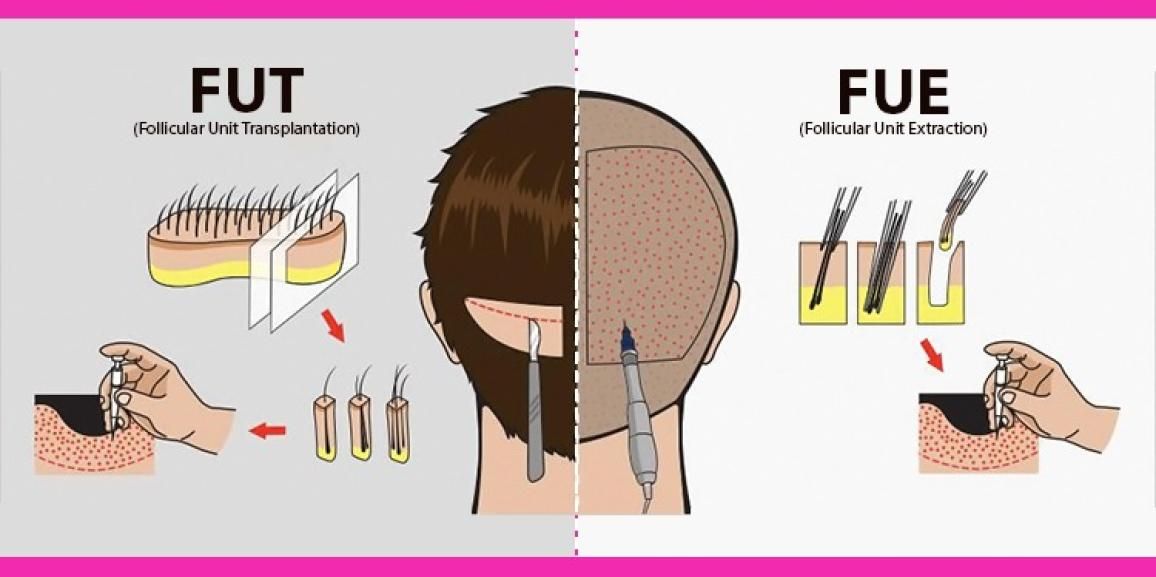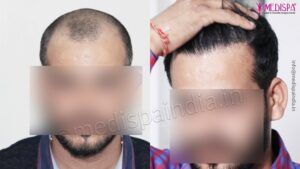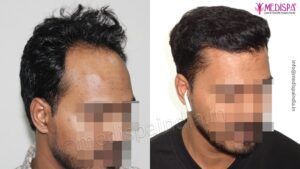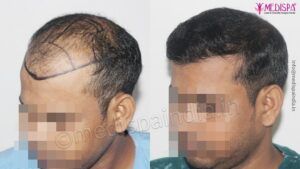
Advertising often simplifies the hair transplant surgery process, but in reality, it requires thorough planning. Extensive knowledge, skilled hands, an eye for beauty, and ample experience are essential for successful results. Cheaper clinics may make false claims about the procedure’s safety, leading to disappointment when the outcome is subpar. Opting for a less expensive clinic poses risks to both your health and the quality of the results. To ensure the survival of hair grafts, delicate handling of the harvested hair follicles is crucial during extraction and implantation. Maximum hair density can only be achieved if the follicular grafts thrive. The success of the treatment hinges on the surgeon’s expertise, making it imperative to select a hair transplant surgeon wisely.
The exceptional services offered for hair transplant in Jaipur has gained global recognition for effectively addressing hair loss concerns. Patients from around the world visit the city to avail themselves of the superior treatments provided by highly skilled surgeons. A select group of hair transplant clinics in Jaipur have earned the trust of international patients due to their exceptional services, experienced professionals, and remarkable expertise in the field. Dr. Suneet Soni, a renowned hair transplant surgeon practicing in Delhi and Jaipur, leads the Medispa hair transplant clinic. He understands the importance of embracing advancements in the field and continuously strives for perfection in performing microscopic hair transplants by seeking refinement and enhancement opportunities.
Hair transplant and necessity of hair grafts
Hair transplantation is a minimally invasive surgical technique that involves extracting hair grafts from the donor area, specifically the permanent root-bearing regions, and then implanting them into the desired bald area. The donor areas chosen for harvesting the hair grafts are those that contain DHT-resistant or permanent hair roots that are not affected by androgenic hormones, ensuring lifelong hair retention. The success of the hair transplant procedure depends on the availability of sufficient hair density in the donor areas to cover the balding area effectively. Each hair graft typically consists of one to four hair follicles, determining the overall quality of the transplanted hair.
Hair transplant techniques:
The original hair transplant methods have evolved and are categorized according to the method of graft extraction, such as:
- FUT hair transplant (Follicular unit transplantation or strip technique): FUT hair transplant involves extracting hair follicles in the form of a narrow strip, which is then taken to a separate room for the dissection of individual hair follicles along with the necessary surrounding tissues. These individual hair follicle grafts are subsequently implanted into small incisions made at the recipient area.
- The FUE hair transplant procedure consists of extracting individual follicular grafts from a specific distance apart using a surgical device, which are subsequently transplanted to the bald areas on the recipient. The selection of these techniques is based on the unique indications and limitations that are determined according to the patient’s requirements. Several factors, such as the level of baldness, the patient’s age and gender, the number of grafts needed, and the density and texture of hair shafts at the donor site, play a crucial role in deciding which technique is most suitable for each individual.
Why hair graft damage in FUT is lesser than the FUE technique?
The FUE hair transplant technique has been presented as a more straightforward option that is increasing in popularity. However, patients are often not adequately informed about the high damage rate associated with this technique. Skilled professionals are crucial in minimizing the damage rate and achieving optimal results.
Let us explore the reasons behind the higher damage rate of FUE hair transplant compared to the FUT technique:
- Enhanced visibility during hair graft harvesting: During FUT hair transplant, the hairs are harvested from an excised strip under increased magnification, reducing the damage rate to hair grafts as technicians divide the hair grafts with better visibility. Conversely, the hair grafts extracted by the FUE technique involve pulling the hair grafts while assuming the location of the roots underlying the tissues, making it a blind procedure and thus increasing the risk of damage to the hair grafts.
- No hair grafts are pulled: Hair grafts obtained through the FUT technique are not subjected to pulling, ensuring they remain sturdy and less susceptible to damage compared to those obtained through the FUE technique.
- Better standing of hair grafts at higher out of body time: The FUT technique ensures a better survival rate for hair grafts even after being out of the body for more than 8 hours, thanks to the method of harvesting that keeps the grafts secure. In contrast, the FUE technique involves pulling forces that make the grafts fragile and more prone to damage the longer they are outside the body.
The FUE hair transplant technique requires a skilled surgeon to minimize the risk of damage to hair grafts. It is important to choose the best hair transplant surgeon for optimal results.







